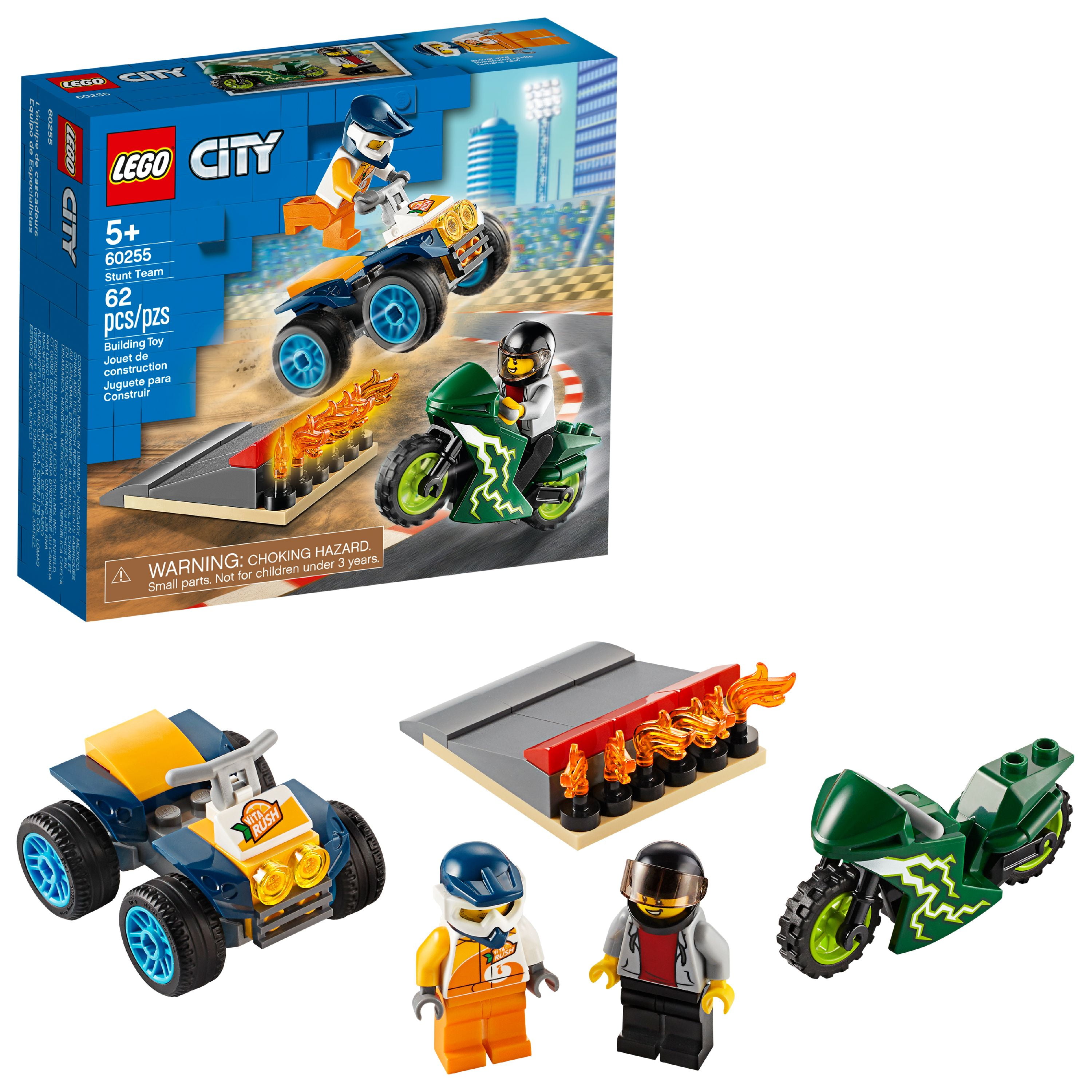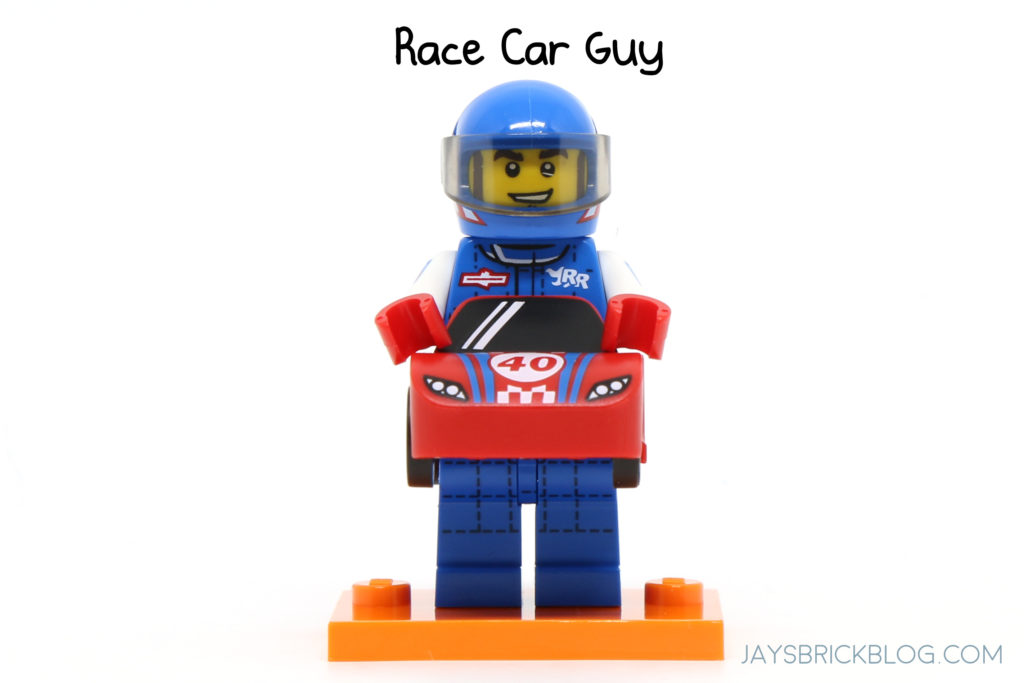Capabilities and Features
Lego Worlds 2 player My husband and i are trying to play Lego Worlds in 2 player tabletop mode, which is advertised as a feature on the nintendo shop website. However we can't get the game to work, it seems to want us to have a 2nd joy con pair (which we don't). Q&A for LEGO® and building block enthusiasts. Stack Exchange network consists of 176 Q&A communities including Stack Overflow, the largest, most trusted online community for developers to learn, share their knowledge, and build their careers. A LEGO-approved version of ev3dev-stretch is available for download on the LEGO Education website. Dexter Industries BrickPi and mindsensors.com PiStorms The same image works for both BrickPi and PiStorms. Lego's Top Gear Rally Car will not be available just in time for Christmas. The official release date is December 26—Boxing Day in the U.K., a popular gift-giving occasion—but Lego sets have. How many of these did you know?For more info & tips, check the Unofficial LEGO Technic Builder's Guide: https://www.amazon.com/Unofficial-LEGO-Technic-Builde.

Simulink® Support Package for LEGO® MINDSTORMS® EV3 Hardware lets you program and run algorithms on LEGO MINDSTORMS EV3 robots. The support package includes a library of Simulink blocks for configuring and accessing the robot’s sensors, actuators, and communication interfaces.
You can develop algorithms in Simulink, simulate them to verify that they work as intended, and download the completed algorithm for standalone execution on the device (via USB, Bluetooth, Wi-Fi, or Ethernet connection). You also have the ability to tune parameters live from your Simulink model while the algorithm runs on the EV3 brick.
The support package includes:
- Library of Simulink blocks that connect to LEGO MINDSTORMS EV3 I/O, including buttons and speakers; numerous input sensors including color, touch, gyro, ultrasonic, infrared, and encoder; and output sensors such as servo motor, status light, and display
- Support for LEGO MINDSTORMS NXT sensors on LEGO MINDSTORMS EV3 Bricks, including ultrasonic, touch, sound, battery, timer, and gyroscope
- Interactive parameter tuning of outputs and signal monitoring of sensor inputs for applications running on LEGO MINDSTORMS EV3
- UDP and TCP/IP blocks to let your LEGO MINDSTORMS EV3 communicate with Arduino, Raspberry Pi™, and mobile devices (Android and iOS)
- Model deployment for standalone operation
Learn more about Arduino programming with MATLAB and Simulink.
Watch video to learn how to implement serial communication between Raspberry Pi and Arduino.
Every second, seven boxes of LEGO are sold. For every person in the world, there are 62 LEGO bricks. What’s more, there are more LEGO people – “mini-figures” – than there are real people.
But despite world domination, LEGO’s sales declined sharply in 2003, dropping 35 percent in the US and 29 percent worldwide, culminating a year later in the biggest loss in the toymaker’s history: £217 million. With debts almost equivalent to its annual sales, LEGO seemed destined for acquisition, or worse.
In the last ten years, however, LEGO has grown from the very brink of bankruptcy into the “Apple of toys:” an innovative, design-driven and highly profitable toy brand that produces a staggering 22 billion plastic bricks a year – roughly 500 a second. Fuelled in part by The LEGO Movie’s Pixar-sized triumph, the privately held company surged ahead of main rival Mattel in 2014 to become the biggest toy manufacturer in the world.
Against all odds, LEGO achieved one of the biggest turnarounds in history. How did they do it?
Setting a new direction
Lego Others Drivers Ed
First, they restructured and hired a new CEO, Jørgen Vig Knudstorp, a process-based thinker and father of four who arrived from McKinsey & Co. in 2001 and was promoted to CEO just three years later, at just 36.
Knudstorp quickly realised that the problem was not with the product, but with the company’s attempts to become more relevant in the age of video games. LEGO had “over-innovated,” spreading itself far too thin and launching so many new initiatives that the company had lost its sense of identity.
Innovation at the core
Knudstorp’s turnaround plan involved a mix of cost-cutting, philosophical revitalization, sustainable innovation, and back-to-basics simplicity. The goal was to rediscover the very essence of LEGO, innovate close-to-the-core, and leverage their loyal and creative fan base.
Innovation-as-usual was not an option, so Knudstorp had LEGO invest in a kind of research the company had never done before— detailed ethnographic studies of how children around the world really play – and set up TheFuture Lab, a secretive and highly ambitious R&D team tasked with inventing new, technologically enhanced “play experiences” for children all over the world. As Knudstorp puts it, '[Future Lab] is about discovering what’s obviously LEGO, but has never been seen before.'
With The Future Lab, LEGO developed a range of low-risk, low-cost innovation practices to test ideas and cultivate expertise.
1. Smart Licensing
LEGO’s breakthrough with licensed intellectual property began in 1999 with an agreement to license Star Wars characters and vehicles. Since the closing of that deal, LEGO has sold over 200 million Star Wars LEGO boxes, and the group negotiated a new deal in 2012 that will allow the company to produce Star Wars themed products until 2022.
On the heels of the Star Wars success, LEGO smartly committed itself to obtaining licensing arrangements with established brand universes, including Harry Potter, Lord of the Rings, DC Comics, Marvel, and Disney. The move paid off. In 2012, royalty expenses amounted to $263 million while profits reached $4 billion.
2. Rapid prototyping
Within its factories, LEGO has embraced a philosophy of rapid prototyping. David Gram, Head of Marketing at LEGO’s Future Lab, says:
At the Future Lab, everything big starts small. The R&D teams work with small budgets and small projects. Inspired by Google and other technology companies, they create minimum viable products to prototype and get new products to market in small scale at speed.
The Future Lab also cultivates intrapreneurship as its relationship with LEGO is more akin to an incubated start-up. By using market testing and validating their new products, The Future Lab is driving culture change to ensure that this new business model and way of working will be accepted across the organisation.
3. Open Innovation
Lego Others Drivers License
Lego goes a step further with consumer feedback by putting customers, suppliers, and partners in the driving seat for innovation.
LEGO Ideas is a crowdsourcing platform that allows fans to design their own sets, gather support from fellow fans (you need at least 10,000 votes) and eventually get LEGO to produce your set as one of its standard lines. Examples include Back to the Future’s DeLorean and the GhostbustersEctomobile, which are now widely popular.
The online platform now generates hundreds of new product suggestions each year and uses subtle and powerful open innovation techniques, employing everything from social media to peer selection to entice fans into contributing new designs and ideas.
LEGO Architecture is another good example. Several years ago, a Chicago architect and Adult Fan of LEGO (AFOL) reached out to LEGO, suggesting they create official kits similar to his homemade LEGO models of iconic buildings.
The idea was initially met with some resistance, but fortunately, a free-thinking Norwegian LEGO executive saw value in AFOLs and created a stealthy, shoestring plan to prove their worth to the company. They tested the LEGO architecture line in just a couple of stores in Chicago and saw that they were able to charge “grown-up prices” for kits with the same number of LEGO bricks inside. The pilot was a success and the line remains hugely popular amongst adult fans of LEGO worldwide.
4. Designing Products for Girls
Another example of audience diversification (whilst remaining true to its core) is LEGO Friends.
Lego Others Drivers


Lego Others Drivers Test
In 2011, boys made up 90% of LEGO consumers and LEGO wanted to broaden its appeal to more girls. Their research showed that – while both girls and boys love the building aspect of LEGO – there is a key difference in how boys and girls tend to play with their sets. Whereas boys tend to be more compelled by a strong narrative, girls are more likely to use their sets for role-playing. After years of refinement, the company launched LEGO Friends, a new line designed specifically for girls.
The line doubled sales expectations in 2012, the year it was launched, and in that year alone LEGO tripled its sales to girls.
5. Low-Risk Experimentation
Five years ago, LEGO wouldn’t have launched any “risky” products that could smear the brand’s reputation for quality. But that’s precisely why Knudstorp created Future Lab – so mistakes can be made relatively cheaply and vast amounts can be learned.
For example, LEGO Universe, an online game that resembled World of Warcraft, was discontinued just over a year after its launch in 2012 as they weren’t able to build a satisfactory revenue model. The experiment barely damaged LEGO’s reputation whilst providing multiple key insights and learning lessons to establish the company in the digital world.

In 2014, LEGO quietly debuted a Future Lab pilot project called LEGO Fusion, limited to North American Toys 'R' Us stores and LEGO’s own retail outlets. The play experience is similar for each LEGO Fusion set —you build a model of a house or castle, take a photo of it with a tablet, and watch your creation become part of a virtual world inside an accompanying app.
Kids and parents seem intrigued, but Fusion was at best “a 1.0 version of a digital-physical play experience”. The value in this project is not commercial, but in the insights and learning lessons that will inform the development of much cooler Fusion-style toys.
In February 2015, LEGO launched a new game – LEGO Portal Racers – in partnership with augmented reality company Metaio. The game uses an Intel RealSense camera and depth technology to allow users to play without using their hands, instead of using head movements to steer left or right.
The original idea was to have kids build their own vehicles out of bricks and scan them into the game, but it remains a digital-only experience for the time being. Like LEGO Fusion, it is a means for Future Lab to understand and experiment with new technologies.
Few businesses have mastered the digital/physical experience but LEGO’s ability to experiment quickly, cheaply and under the radar means it can continue to evolve, discover new forms of play, and delight its fans.

So what can we learn from the ups and downs of innovation at LEGO?
- Innovation without direction is risky.
- Innovate close-to-the-core first.
- To experiment and test ideas in a safe way, without damaging your brand reputation, start with small projects and small budgets, then test, learn and prove.
- Disrupt yourself – build the next big thing before a competitor does.
- Foster open innovation and listen to the wisdom of your customers.
- Build an innovation culture that gives people freedom to be creative, as well as the direction and focus needed to deliver profitable innovation.
Sources & Citations
- How Lego Become the Apply of Toys, Fast Company - https://www.fastcompany.com/3040223/when-it-clicks-it-clicks
- From Bankruptcy to Industry Leading Success – The LEGO Story, InnovationManagement.se - http://www.innovationmanagement.se/2016/07/11/from-bankruptcy-to-industry-leading-success-the-lego-story/
- Lego: How toy company's failures led to success - http://www.nzherald.co.nz/business/news/article.cfm?c_id=3&objectid=11706753
